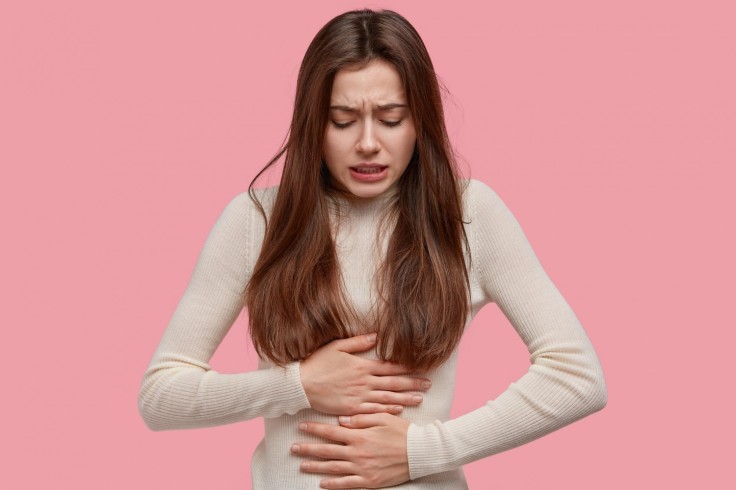
Dr. Judith Scott, OB/GYN and adolescent gynecologist at Methodist Physicians Clinic, said dysmenorrhea is a cramp in the lower abdomen and only happens during menstruation.
One of the studies determined that almost 80 percent of teenage girls encounter heavy and painful periods. This happens due to the immaturity of a teenager's brain. As time goes by, the brain gets used to the happenings in the ovaries, uterus, and hypothalamic axis, making the connection between the brain and body mature.
Menstrual cramps and complaints vary from woman to woman. As a teenage girl experiencing dysmenorrhea for the first time, she might have cramps, backaches, headaches, tenderness in her breasts, and more as she is still adjusting to hormone fluctuation, which makes it hard for her as this was her first time.
The study "What Women Say About Their Dysmenorrhea: A Qualitative Thematic Analysis" shows that dysmenorrhea is the leading cause of absence from school or work among women of reproductive age.
According to Children's Hospital Colorado, dysmenorrhea happens when the uterine lining sheds or bleeds, resulting in uterine muscles squeezing. The squeezing of the uterus causes pain which results in dysmenorrhea.
How often will a teenage girl experience dysmenorrhea?
According to Johns Hopkins Medicine, dysmenorrhea happens at the first start of the period and continues throughout one's life. The American College of Obstetricians and Gynecologists states that more than half of women who have menstruation experience painful cramps for one to two days every month. Some women have severe pain, which keeps them from doing normal activities for a few days each month.
Children's Hospital Colorado clarifies that not all women have or experience dysmenorrhea, and the reason is still unknown.
According to the University of Rochester Medical Center, menstrual cramps have two types - Primary and Secondary. Primary Dysmenorrhea happens as soon as the girl gets her first period and is lifelong but can get better over time. The secondary type is usually caused by a health problem such as growth or infection and usually starts later.
Teens are at most risk for menstrual cramps when they have their first period at an early age, long or heavy periods, history of menstrual cramps in the family, and lastly, smoking.
Read Also : Breasts Development: How Parents Can Teach Teenage Girls About Possibly Having Uneven Breasts
How can you lessen the pain when having dysmenorrhea?
Usually, dysmenorrhea pain may gradually increase or decrease or not and can intensify suddenly. Many girls can cope with menstrual pain, but some can experience severe pain that can bring discomfort.
Heat can somehow lessen the pain during dysmenorrhea. Many women find it soothing to hold a heating pad against their lower abdomen. Some women take Nonsteroidal anti-inflammatory drugs (NSAIDs) as they can relieve the cramping and discomfort. Aside from preventing pregnancy, birth control pills can also ease menstrual cramps, as they contain estrogen and progesterone, hormones that prevent ovulation and ease blood flow.
According to Very Well Health, women should not be embarrassed about having their periods. They should not be shy to discuss these with the healthcare provider as they can help and give the right medications.